
Emeralds are one of the four most recognized gemstones in the world and can be cut into a variety of shapes. One of the common cuts for the green beauties is the emerald cut. As the name suggests, it was created for emerald due to its brittle nature and brings out the vivid emerald green colour. Continue reading to discover the history of emerald cut, common cuts for emerald and its colours.
What Is The History Of Emeralds?

The origins of the emerald cut can be traced back to the 1500s when it was the popular table cut. It gained popularity over time because it reduced pressure during the process of cutting. This also helped to prevent chips in the gems.

The 1920s was when it was called the “emerald cut”. The cut has become extremely popular by this point. This was even helped by the rise of Art Deco. The emerald cut features symmetry and clean lines, and so it became the trending cut. It has since become the most popular choice for engagement rings.

The popular table cut came around where only a little of the octahedron was cut off. The four corner facets were also created with a process known as the “old single cut.” Cushion cuts became more common in the 18th century, after which the emerald cut was the standard from the 1940s.
What Are The Different Cuts?
Apart from emerald cut, there are different styles in which gems are cut. They are also named in different ways as well. 4 types of cuts include:
Step Cut
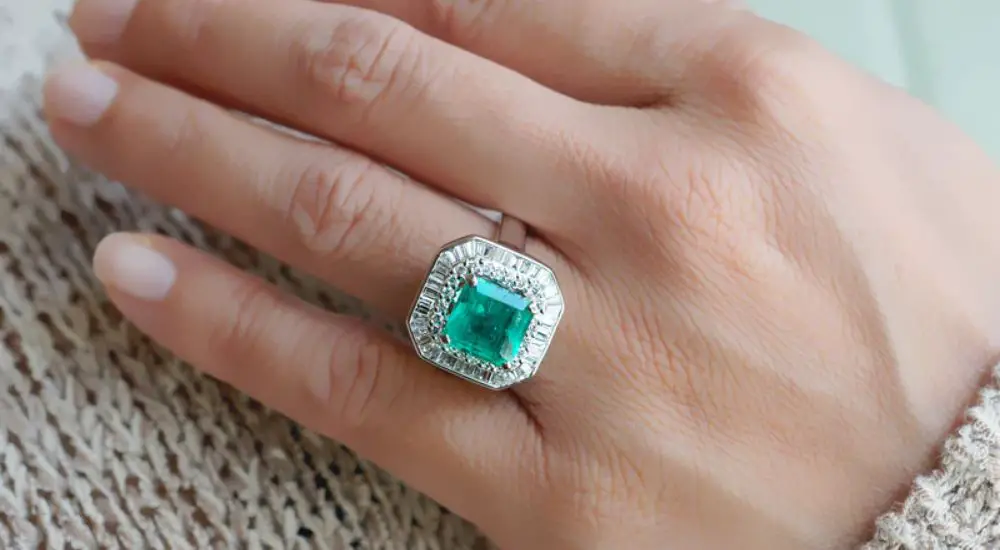
Step cut is made up of rectangular facets which ascend to the top pavement and then descend in steps from the pavilion. This type of cut is popular because it showcases the colour and clarity of the stone. They usually produce a little gleam as well. The three shapes in the step cut family are emerald cut, baguette cut and asscher cut.
Brilliant Cut
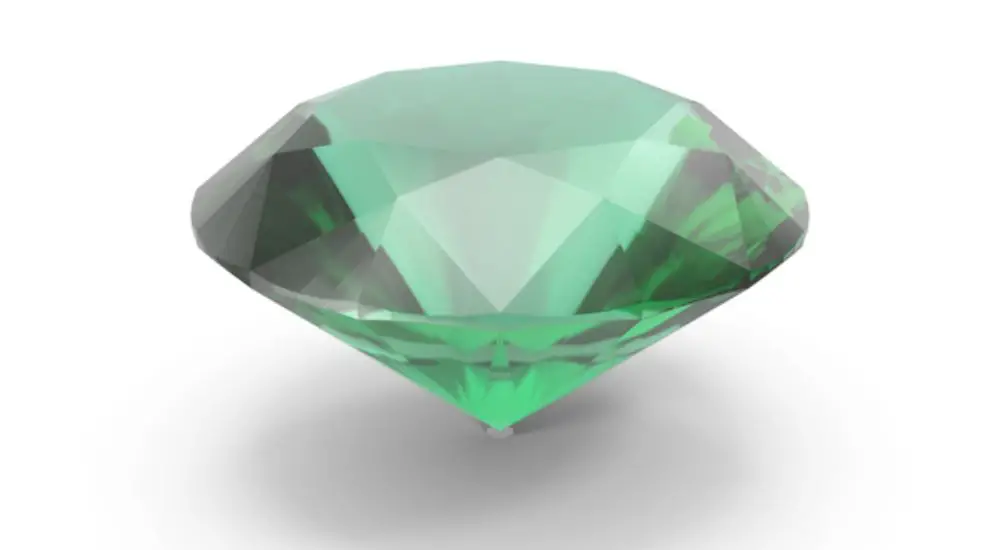
Brilliant cut gives a perfect view of the stone’s properties. It consists of facets that have triangular and kite shapes coming out from the centre of the gem.
Mixed Cut

A hybrid of the step and brilliant cuts. These types have brilliant cuts on the crown pavement and step cuts on the sides or vice versa. They may also add the faceting and cabbing techniques of cutting the stones.
Carbochon Cut

This is when the gems are polished into domes, then called ‘cabochons’ or simply ‘cabs’. They usually have oval or circular shapes, and the gem cutter can also make them into squares or rectangles. They can also be single or double cabs. Gems are polished into double cabs to maximize the weight.
What’s The Color Of Emeralds?
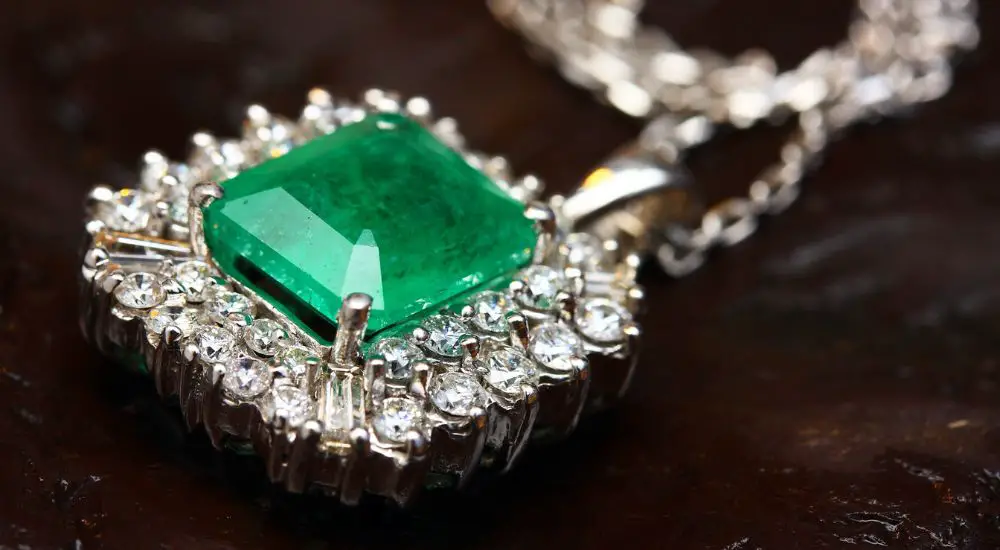
Of all the special qualities that are possessed by emeralds, one very important one is their colour. Emerald has been taken as the standard green colour for gemstones. Sometimes there might just be some slight variations that differentiate the value of the stones. It might require a professional to be able to notice this difference.

The most sought-after emerald colours are blueish green and pure green, especially true for those that have a vivid colour and a medium tone. The ones with the highest values are usually completely transparent. The colour is distributed evenly, and there is no colour zoning that is readily visible.
The finest emerald stones have a very intense green colour. The colour of the emerald is a result of trace elements such as chromium, vanadium and iron. The exact colour of the crystal is determined by the relative presence or absence of these elements.
It is common to find that emeralds contain inclusions that can be seen easily with the naked eye. The inclusions are usually called mossy or garden-like. The transparency of an emerald is linked to its clarity. Emeralds that are eye-clean are very rare, and so they have higher value.

These days, synthetic and man made emeralds like Biron Emeralds, which are physically and chemically identical to the natural counterpart, have become a growing trend in the industry. The colour of lab-grown emeralds is different from the natural one and contain no inclusions. However, lab-created emeralds are more affordable than natural emeralds having similar colour.
What About The Clarity?
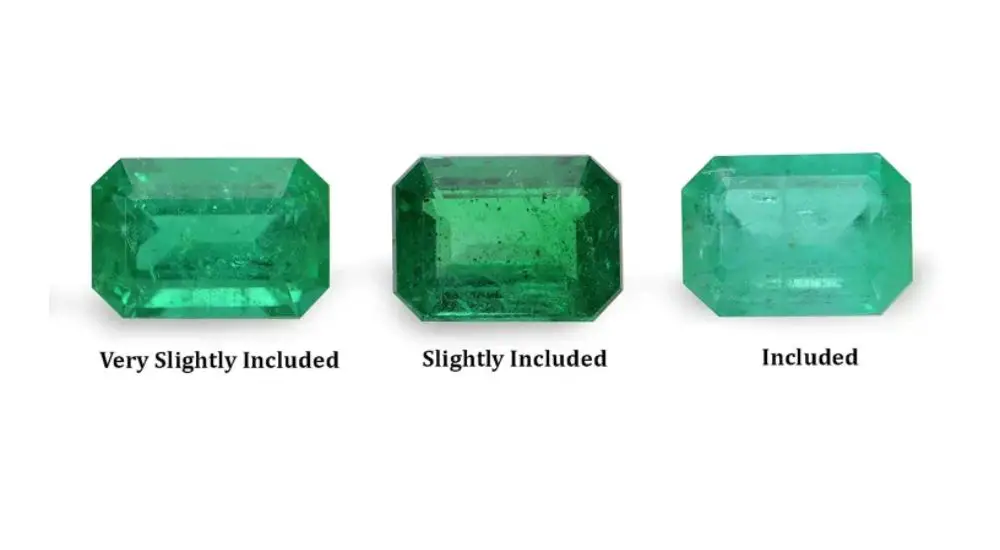
According to GIA’s gem clarity grading codes, coloured gemstones like emerald can be graded from best to worst as “IF” to “I3”. The clarity is determined by noting the appearance when the gem is placed face up. Eye visibility is used as well as a microscope at 10x magnification or more.
- IF (Internally Flawless): 100% eye-clean
- VVS1 (Very Very Slightly Included 1): the pinpoints are not visible to the eye, and can be seen only with a powerful microscope
- VVS2 (Very Very Slightly Included 2): made up of a few separate VVS1 sized spots, somewhat easy to be seen with a gemological microscope
- VS1 (Very Slightly Included 1): minor inclusions, easy to be seen with microscope
- VS2 (Very Slightly Included 2): obvious inclusions under 10X and may be visible to the naked eye
- SI1 and SI2: small inclusions like a number of spots and clouds of spots
- I1, I2, and I3: included and affected appearance or durability
Emerald cuts are a brilliant way to get a larger looking emerald without breaking the bank. Emerald cut offers unique step cuts and an elegant shape. It is important that you have an expert take a look at your emerald before you make the purchase. This is because the symmetry and polish of the stone are necessary factors in Emerald cuts.

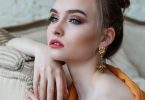
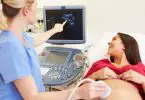
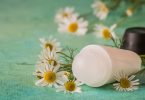



Leave a Comment
You must be logged in to post a comment.